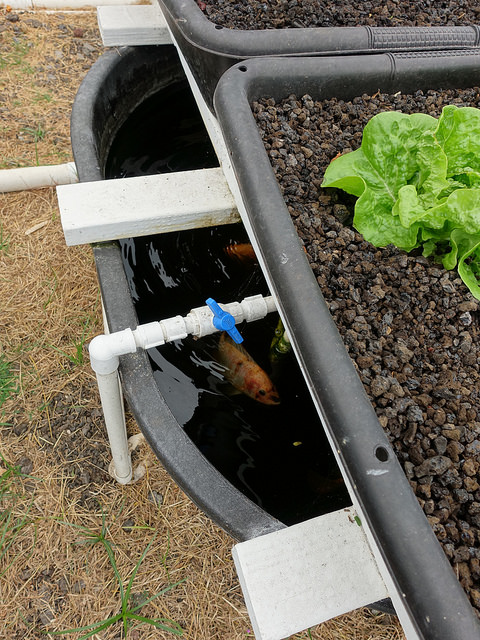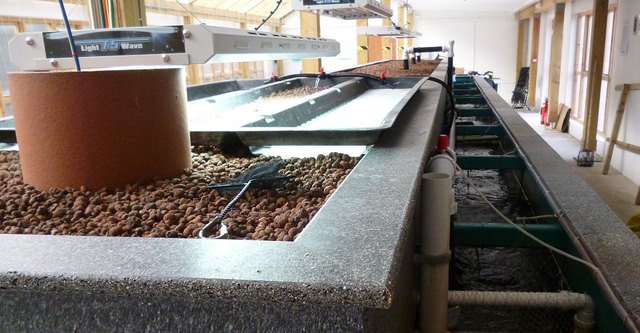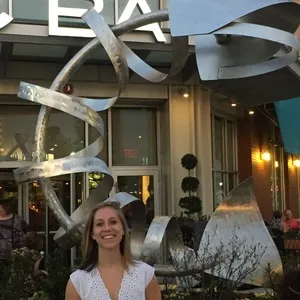An aquaponics system is a combination of raising your fish and growing your plants and vegetables without soil. There are awesome benefits to this for you and the environment, such as decreasing your water usage for your garden, as the plants no longer need nearly as much water with the aquaponics system. Maybe you have never heard of an aquaponics system before, or you are new to learning about it like I am. However, it is definitely worth learning about so you can build your own.
First, the fish tank is a crucial part to this system (and the best part too because you get to have pet fish). Picking your tank means picking the right home for your fish that you raise and take care of. Thus, when picking your fish tank, make sure you know all the important aspects about your future tank and which one is best for you and your system.
Okay, so now that you know to pick the right tank and you are determined to install an aquaponics system, how do you do it? First, you need all the basic requirements.
Basic Necessities
Tank

Photo courtesy of @Scot Nelson on Flickr
Most DIY projects are started with either a 55-gallon barrel or a 225-gallon square bin. You can get two standardized food-grade tanks from the recycled food industry. Just make sure there is no chance of toxic chemicals being left in the residue of the bin.
Grow Bed

Photo courtesy of @Nicolas Boullosa on Flickr
Your vegetables also need to be kept in some sort of container in order to grow in the soilless environment. One of the easiest ways to build your own grow bed is to build shallow wooden boxes (6 to 10 inches deep), and line them with a pond liner. Don’t forget to start thinking about what kind of vegetables you are going to grow, because they will definitely be fresher than if you keep buying from the store.
Next, you need to insert an inert growing medium. Perlite or fine gravel are good choices. You can even mix together the two if you want to try both.
Pumps and Hardware

Photo courtesy of @Aquaponics lab on Flickr
Basically, the plants grow and maintain the health of the tank by filtering out the waste from your fish without the need for fresh water. Thus, you need to be able to connect your fish tank to your grow bed. A pump is needed to circulate the water between the two components to make the system go round. To be even more eco-friendly, you can install a solar-powered pump.
This is where it might get a little confusing/could get you cursing out loud when you are building your system. There are two options for your pump. You can either have it collect the water from your grow bed and transfer it to the tank, or you can place the pump in the bottom of the tank and use it to spread the water over the surface of the grow beds. You will definitely need PVC pipes to distribute the water from the fish to the surface of the grow beds.
Putting Everything Together

GIF courtesy of codementor.io
If you can, try to set up your system in a sunny space in your backyard. First, try to seed your plants in potting soil just until they are big enough to grow in the bed, and at that point your fish should be producing enough waste to support your plants. There are definitely some things you have to keep in mind and remember to manage once your system is ready.
Once you’ve put the system together, give yourself a high five, not only because you’ve worked to better the planet, but also because you built something that isn’t so easy to do. If you want something to compare your system too, here is a diagram to show you the simplest form of an aquaponics system.
Try building something simple to see how it works, then you can go bigger and better with your aquaponics system when you feel ready. It might seem like a lot of work just to grow plants and vegetables you may already be growing, but there are many benefits to having an aquaponics system.
It will take some dedication and the realization you might not get it right the first time, but it’s worth building a system. You’ll become someone who DIYs their own garden and raises their own fish, and pretty soon you will inspire others to do the same. You will feel accomplished after your build this, and you will know you are doing more with having this system, rather than sticking to your normal backyard garden.


